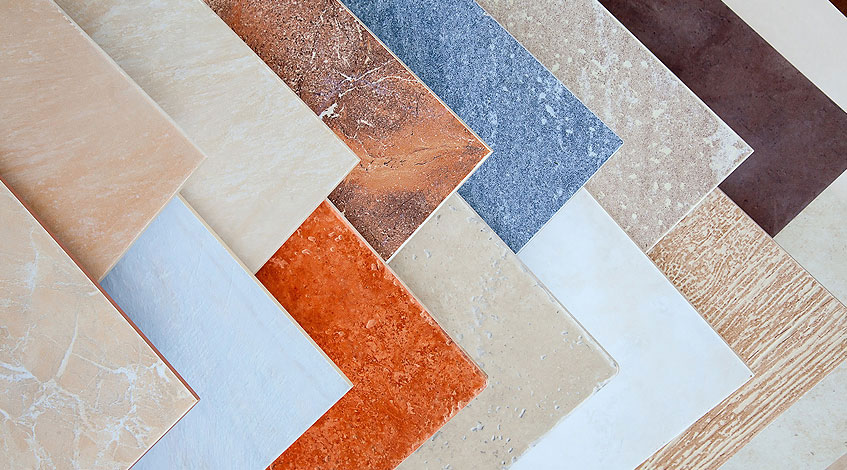Ceramic tiles could be your best bet as a flooring material or for covering up walls because they are so low-maintenance, durable and stylish that it’s almost scary!
Porcelain tiles are also a type of ceramic tiles and boast an extremely low water absorption rate of less than 0.5 percent. Most porcelain tile production takes place in countries like China, Itay, Bulgaria, Turkey and Spain.
If you’re attempting a DIY tile job, there are some basics you need to know about the different classes of ceramic tiles available and what’s best for your usage and needs.
Choose your Classification
Ceramic tiles are classified into various categories, rated from 1 to 5 based on their hardness and suitability for various surfaces and usages.
Class 1
These tiles are only suitable for interior residential walls and should never be used on floors.
Class 2
These are suitable for areas with light foot traffic, and can be used for walls or residential bathroom floors only.
Class 3
These tiles can be used for areas that have up to moderate foot traffic; suitable places are residential floors, countertops and walls.
Class 4
These sturdy tiles can deal with moderate to heavy foot traffic, best suited to residential, medium commercial and light institutional floorings. Of course, these tiles can also be used on all kinds of walls.
Class 5
If you have areas that experience heavy to very heavy foot traffic, then class 5 tiles will provide the hardiness you require. They can be used in all residential, institutional and industrial settings, and all wall surfaces.
Other Ceramic Tile basics
Once you’ve decided which class is suitable for your specific usage and needs, there are other things questions to ask yourself when you purchase your own ceramic tiles.
1. Do the tiles appear smooth, with straight, level edges? This will make laying the tiles much easier
2. Will you be cutting the tiles yourself? If the answer to this question is yes, you will be requiring an adequate saw and blade. Also, pick materials that will be relatively easy to cut with a basic saw, instead of fully-vitrified porcelain. This material is practically impossible to cut unless you have a powerful wet-saw.
3. Are your tiles consistently sized? Your tiles should never vary in size by more than 0.125 inches; it is actually very common for ceramic tiles to show a discrepancy in size of up to 0.25 inches or more because of their manufacturing process which causes uneven expansion or contraction.
4. Do your ceramic tiles share the same lot and shade number? If not, their colors and patterns may not be consistent – you want an evenly colored floor, not a mosaic pattern!

